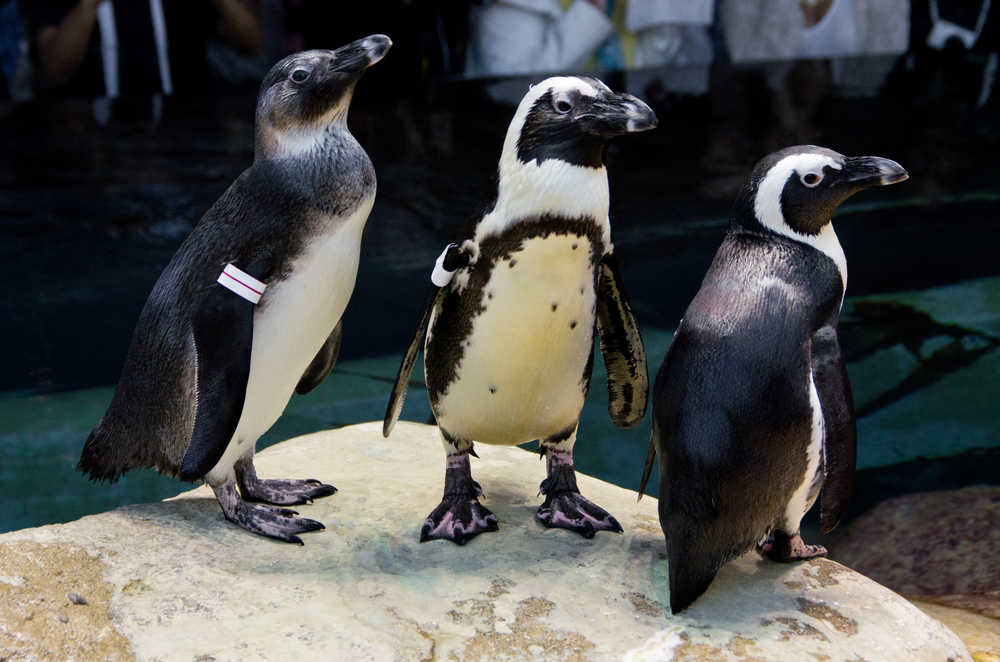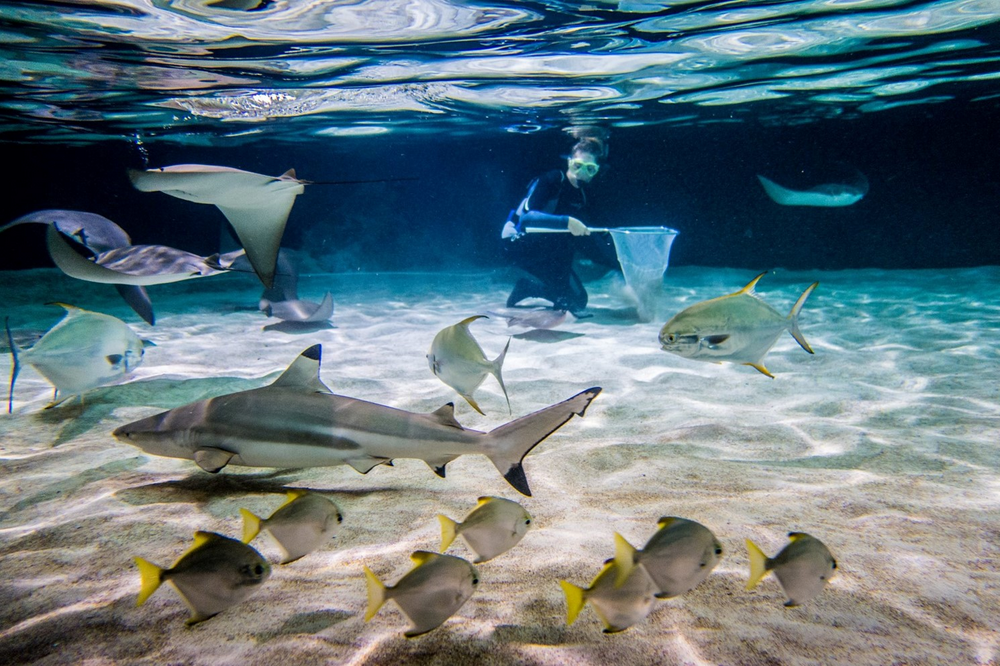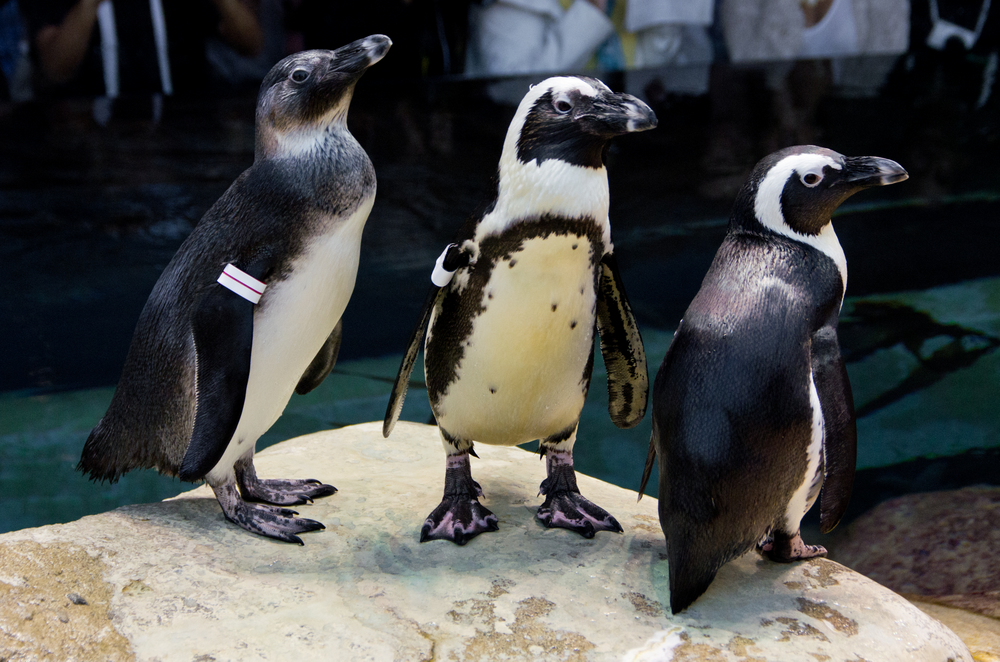Every year nonprofits worldwide work tirelessly to make a positive impact in their communities, and in a year where many people were looking to help, 2017 was no exception. We’re looking back to celebrate the nonprofits around the globe using Google tools to help in their philanthropic efforts. Here are some successes from last year—we hope they give you some ideas for how you can improve your nonprofit’s productivity and have even more impact in 2018.
Unlocking G Suite for Nonprofits
G Suite allows teams to access data anywhere, update files in real time, and collaborate efficiently. Mercy Beyond Borders, a U.S.-based nonprofit with employees deployed in various countries, uses these tools to stay in sync with each other no matter where they are—from tracking finances on Google Sheets to sharing information with board members through Google Sites. And nonprofit MyFace takes advantage of Google’s security and privacy settings to store personal medical data for their patients. Read more about how these nonprofits used G Suite, and find out how to get started with G Suite, in this post.
Learn from “G4NP in Three,” a new YouTube Series
This year we launched our first-ever G4NP YouTube series, “G4NP in Three,” aiming to help nonprofits learn the basics about the Google for Nonprofits program and the process to get enrolled for each product. The videos also cover tips and tricks on how to make the most of the tools available, all in three minutes! Check out the videos and subscribe to stay updated on our latest content.
Get inspired
By using tech in new ways, Action Against Hunger, Girl Scouts of Japan and Fundación Todo Mejora are able to focus their efforts on the work they do and care about most. Through our series “G4NP Around the Globe,” we highlighted how each of these nonprofits benefited with the help of Google tools. Action Against Hunger fundraised more than $20,000 from YouTube donations and used Google Ad Grants to increase site traffic—resulting in $66,000 worth of donations, which equates to feeding 1,466 children in need. Fundación Todo Mejora uses G Suite to easily share and store files, spread their message on their YouTube channel, and with the help of Ad Grants, they can reach suicidal teens who are searching for help. And Girl Scouts of Japan created a virtual tour using Google’s mapping tools, and used Google Forms to create quizzes that helps scouts earn badges.
Thanks to all nonprofits around the world for the work you do. We look forward to another year of working together to improve the lives of everyone around us!



